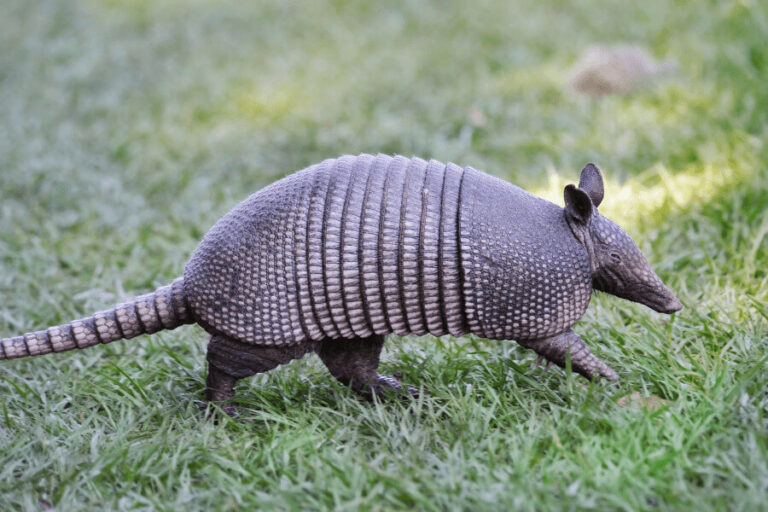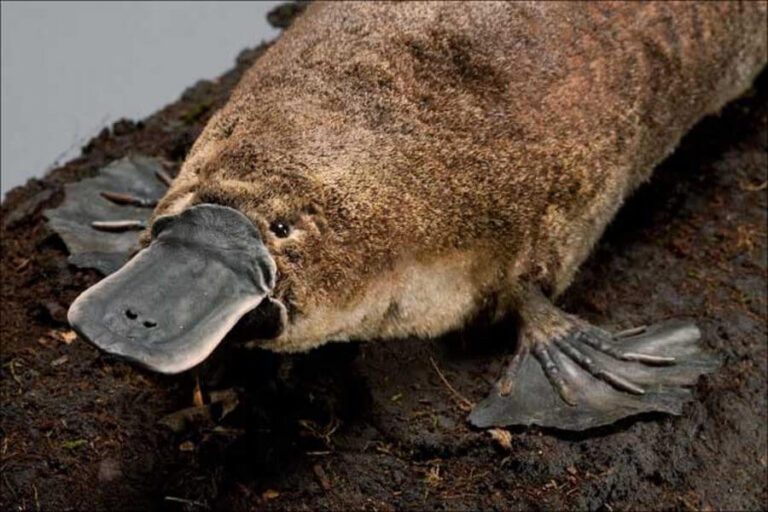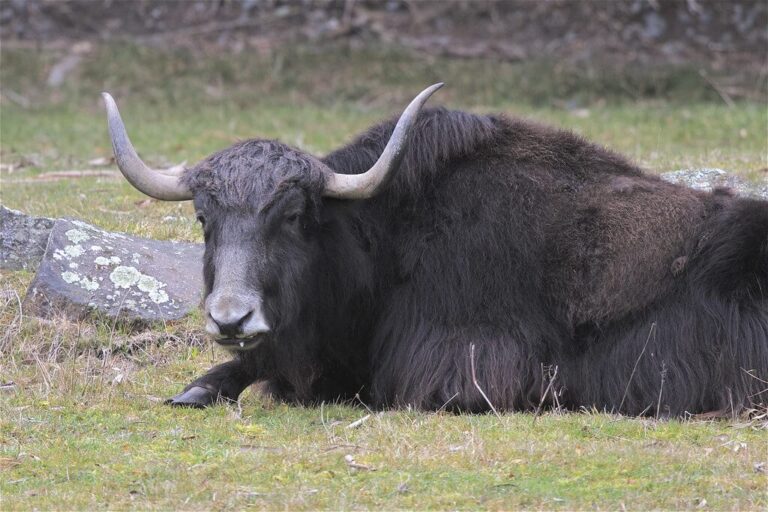Discover the Majestic Peacock: Facts, Behavior, and More
The peacock, one of nature’s most stunning birds, is renowned for its iridescent plumage and mesmerizing courtship displays. Known scientifically as part of the Phasianidae family, these birds are often associated with beauty, royalty, and cultural significance across various civilizations. This article delves into the fascinating world of peacocks, exploring their scientific classification, physical characteristics, habitat, behavior, diet, reproduction, predators, conservation status, and more.
Contents
Scientific Classification
- Kingdom: Animalia
- Phylum: Chordata
- Class: Aves
- Order: Galliformes
- Family: Phasianidae
- Genus: Pavo
- Species: Pavo cristatus (Indian Peafowl), Pavo muticus (Green Peafowl), Afropavo congensis (Congo Peafowl)
The most commonly recognized peacock species is the Indian Peafowl, characterized by its vibrant blue and green colors.
Physical Characteristics

Peacocks are large, colorful pheasants known for their elongated tail feathers, which can make up more than 60% of their body length. The males, called peacocks, have a spectacular train adorned with iridescent “eyes” that play a crucial role in mating rituals.
- Size: Male peafowls can reach up to 7.5 feet (2.3 meters) in length, including their tail feathers, while females (peahens) are shorter, around 3-4 feet (0.9-1.2 meters).
- Coloration: Males are known for their striking metallic blue and green plumage, with distinctive eye spots on their tail feathers. Females, however, are mostly brown and gray, providing camouflage in nesting sites.
- Crest: Both sexes have a small crest of feathers on their heads, but it is more pronounced in males.
- Feet and Beak: They have strong legs with sharp spurs, used for defense, and a short, stout beak.
Habitat and Distribution
Peacocks are native to South Asia but have been introduced to other regions, including Europe, Africa, and Australia.
- Natural Habitat: They thrive in deciduous forests, grasslands, and dense vegetation near water sources.
- Global Spread: While the Indian Peafowl is common in India, Sri Lanka, and Pakistan, the Green Peafowl is found in Southeast Asia. The Congo Peafowl is native to the rainforests of the Congo Basin in Africa.
Behavior and Social Structure

Peacocks are highly social birds that often gather in small groups called parties. They are diurnal, meaning they are active during the day, primarily foraging for food and engaging in social interactions.
- Territorial Nature: Males are territorial during the breeding season, displaying their impressive tail feathers to ward off rivals and attract females.
- Communication: Peacocks communicate through loud calls, especially during the breeding season. The call of the Indian Peafowl is loud and harsh, often resembling a high-pitched “may-awe” sound.
Diet and Foraging
Peacocks are omnivorous, consuming a varied diet that supports their nutritional needs.
- Primary Diet: They eat grains, seeds, insects, small mammals, and reptiles. They also consume a variety of plants, including flowers and berries.
- Foraging Habits: Peacocks forage on the ground, scratching at the soil to uncover insects and seeds. They are opportunistic feeders, often seen scavenging for food in agricultural fields and gardens.
Reproduction and Life Cycle
Peacocks have a unique breeding system known as lekking, where males display their plumage to attract females.
- Mating Season: The breeding season typically occurs during the monsoon season, aligning with abundant food resources.
- Courtship Display: Males fan their tail feathers and dance, shaking their train to produce a rustling sound that captivates the females.
- Nesting: Peahens lay 3-5 eggs in a shallow ground nest. The incubation period is about 28 days, during which the female is solely responsible for the care and protection of the eggs.
Predators and Threats
Despite their impressive size, peacocks face various predators and threats.
- Natural Predators: Foxes, jackals, large birds of prey, and wild cats often prey on peafowl, particularly chicks and eggs.
- Human Threats: Habitat loss, hunting, and poaching for their feathers pose significant threats to peacock populations in the wild.
Conservation Status
The conservation status of peacock species varies.
- Indian Peafowl: Listed as “Least Concern” by the IUCN due to its wide distribution and stable population.
- Green Peafowl: Classified as “Endangered” due to habitat destruction and hunting pressures in Southeast Asia.
- Congo Peafowl: Listed as “Vulnerable,” populations are declining due to deforestation and hunting.
Conservation efforts focus on habitat protection, legal enforcement against poaching, and awareness campaigns to preserve these magnificent birds.
Interesting Facts
- National Bird of India: The Indian Peafowl is the national bird of India, symbolizing grace, beauty, and elegance.
- Eyespots: The eye spots on a peacock’s tail feathers are not just for show; they play a critical role in mate selection, with females often preferring males with the most elaborate displays.
- Flight Capability: Despite their large size, peacocks are capable of short, powerful flights, primarily to escape predators or roost in trees.
Evolutionary History
Peacocks have a long evolutionary history, with fossil records suggesting their ancestors existed millions of years ago. Their distinct coloration and elaborate courtship behaviors are believed to have evolved through sexual selection, where female choice played a critical role in shaping male appearance and behavior.
Relationship with Humans
Peacocks have a storied relationship with humans, dating back to ancient civilizations. They are often depicted in art, mythology, and literature.
- Cultural Significance: Peacocks symbolize immortality, beauty, and pride in various cultures, from Hindu mythology to Greek and Roman art.
- Domestication: They have been domesticated for ornamental purposes and are often kept in parks, gardens, and palaces worldwide.
Conclusion
The peacock remains one of the most iconic birds, celebrated for its breathtaking beauty and complex behavior. While some species face conservation challenges, these birds continue to captivate people globally with their dazzling displays and unique social interactions. Protecting their habitats and understanding their ecological role is crucial in ensuring that future generations can also witness the grandeur of the peacock in the wild.
- Golden Retriever Pros and Cons: What Every Pet Parent Should Know - 15 September 2025
- Cane Corso Dog Breed: Health, Care, and Lifespan - 14 September 2025
- Catahoula Leopard Dogs: Description, Temperament, Lifespan, & Facts - 21 July 2025







